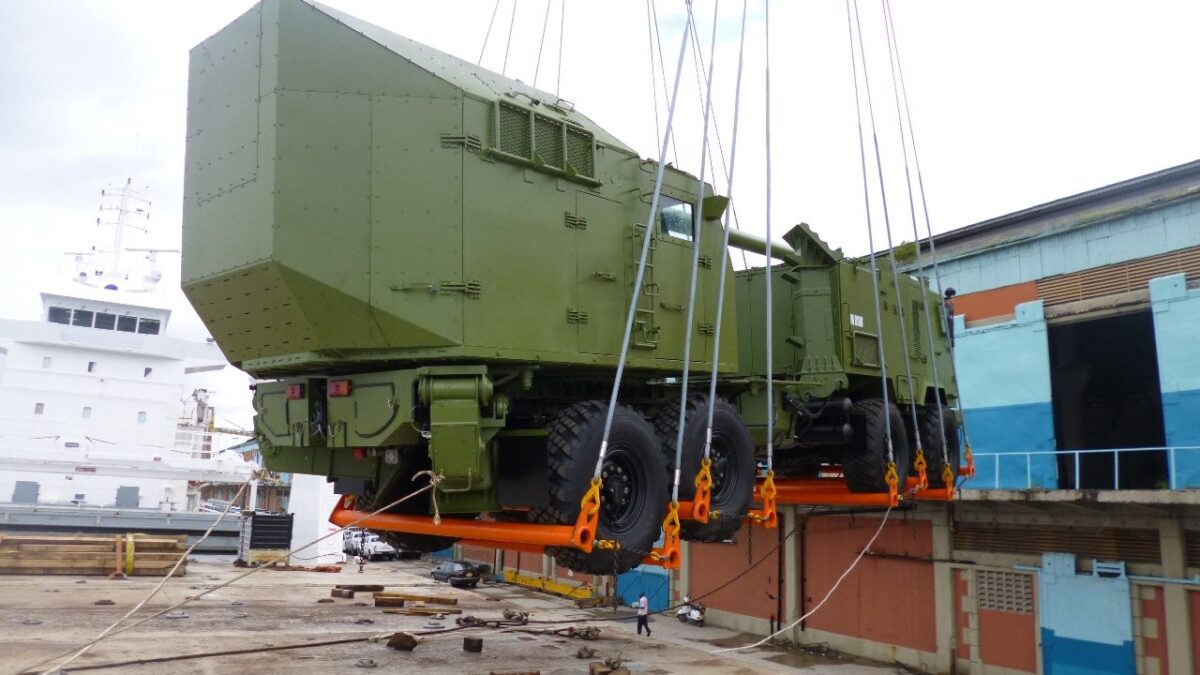Cartons and small crates can be lifted manually but when it comes to heavy machinery and large heavy packages, manual lifting would be inadequate. You need to be able to use the right lifting materials and techniques to make your job simpler and safer. There are many different types of materials and tool you could use to lift and move cargo. Using the wrong materials could not only make the lifting harder, it could also put your cargo at risk of damage and put the people handling it at risk of getting injured. So, how do you choose? Here are a few tips.
Inspect Quality
All types of lifting material is susceptible to damage due to wear and tear. Webbing may fray, chain links may get loosened and so on. If you do not spot these signs and use worn out materials, your cargo may get lifted but when it’s suspended in the air, there’s a chance the material may give way and the cargo may fall. You could lose the cargo and if there’s a person nearby, he/she could get injured. Thus, screening material for quality issues is critical.
Consider The Weight Of The Cargo
One of the key differences between the different types of materials used for lifting is their lifting capabilities. One a smaller scale – you wouldn’t use a paper bag to lift a bag of rice, would you? You must keep the weight of the cargo in mind when determining how to move it. Check the load to see if the weight is marked on it or refer to the design plans/ engineering prints. You could also look at the shipping documentation. Once you know the weight of your cargo, you will be able to assess the best material to lift it as well as the number of ties required.
Consider Environmental Factors
In addition to the weight of the cargo, you will also have to account for the environmental factors interacting with the cargo. For example, cargo being lifted off a muddy surface may face additional friction and resistance. Similarly, if a load is to be dipped in and out of a chemical solution, you will need to lift it with a material that is inert to the chemical. Other environmental factors to be considered include heavy winds and weights being lifted off steep slopes.
Also Read: Ship Loader Lashing With 16mm Steel Wire Rope
Getting access to the different types of lifting materials available is not difficult. The difficult part is choosing the right one. Ideally, work with professionals for all your lifting requirements. This way your cargo will be lifted and moved safely with minimal risk of damage. What’s more your task will be completed faster and you can focus on more important tasks. When you’re looking for professional help, make sure you check references in terms of the quality of services, materials used and safety records. Remember, it is better to pay a little more for better quality and peace of mind than save money with the lifting services and then pay more for damage control.


